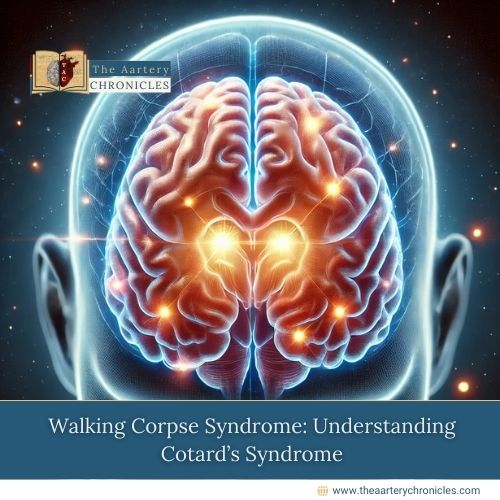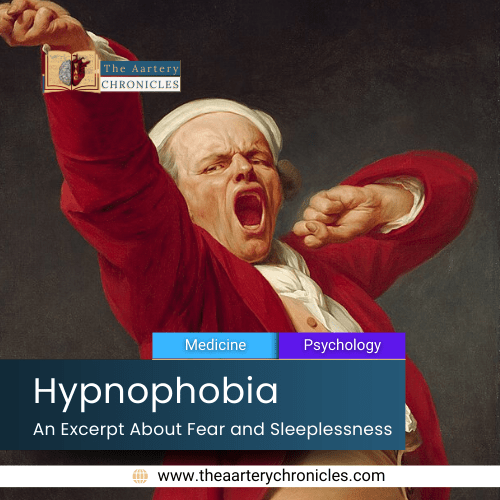
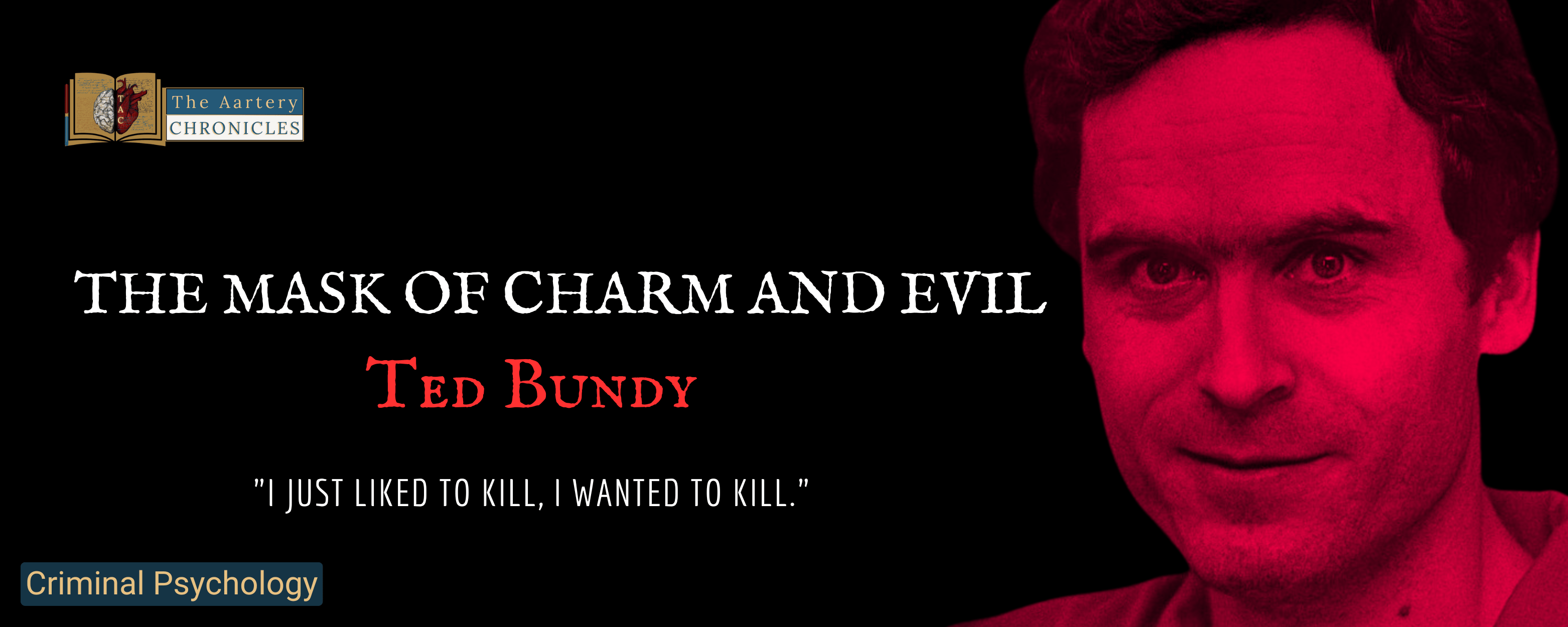
Ted Bundy: The Mask of Charm and Evil
Ted Bundy is one of the most infamous serial killers in history, embodying the duality of charm and cold-blooded killer. A brilliant and charismatic individual, Bundy appeared to lead a normal life, making his horrific crimes even more shocking. His ability to manipulate people and evade capture for years made him a case study in psychopathy and human deception. This article will explore the psychological breakdown of Ted Bundy, his motives, what triggered his crimes, and the investigation that eventually led to his arrest and execution.
Psychological Profile
Bundy’s ability to project an aura of charm and normalcy was a key component of his psychopathic personality. He appeared a likeable, respectable figure, often using his charisma to gain the trust of his victims. Psychopaths like Bundy can be highly manipulative, often using their intellect and social skills to achieve their sinister goals without arousing suspicion.
Antisocial Personality Disorder (APD)
Ted Bundy exhibited traits consistent with Antisocial Personality Disorder (APD), particularly those characteristic of psychopathy, as classified in the DSM-5. APD involves a pervasive pattern of disregard for and violation of the rights of others, a lack of remorse, and impulsivity. Bundy’s high-functioning sociopathy enabled him to blend into society, while behind the scenes, he engaged in brutal acts of sexual sadism and murder.
Narcissistic Personality Disorder (NPD)
Narcissistic Traits: Bundy displayed significant narcissism, believing himself to be superior to others and capable of outsmarting law enforcement. This grandiosity contributed to his reckless behaviour, particularly during his escape from custody.
Clinical Classification of Ted Bundy's Disorders
DSM-5 Code: 301.7 (Antisocial Personality Disorder)
Definition: A pervasive pattern of disregard for the rights of others, occurring since age 15, as indicated by three or more of the following:
- Failure to conform to social norms regarding lawful behaviour.
- Deceitfulness, as indicated by lying, use of aliases, or conning others.
- Impulsivity or failure to plan.
- Irritability and aggressiveness, as indicated by repeated physical fights or assaults.
- Reckless disregard for the safety of self or others.
- Consistent irresponsibility, as indicated by failure to sustain consistent work behaviour or honour financial obligations.
- Lack of remorse for actions.
ICD-10 Code: F60.2 (Dissocial Personality Disorder)
Definition: A similar condition characterized by a disregard for the feelings and rights of others, with patterns of behaviour including deceitfulness, impulsivity, and lack of remorse.
DSM-5 Code: 301.81 (Narcissistic Personality Disorder)
Definition: A pattern of grandiosity (in fantasy or behaviour), need for admiration, and lack of empathy, beginning in early adulthood and present in a variety of contexts, as indicated by five (or more) of the following:
- A grandiose sense of self-importance.
- Preoccupation with fantasies of unlimited success, power, brilliance, or ideal love.
- Believing that one is “special” and unique.
- Requiring excessive admiration.
- A sense of entitlement.
- Being interpersonally exploitative.
- Lacking empathy.
- Often being envious of others or believing that others are envious of them.
- Showing arrogant, haughty behaviours or attitudes.
ICD-10 Code: F60.81 (Narcissistic Personality Disorder)
Definition: Similar to DSM-5 but within the ICD framework.
Motives
Bundy’s motives were deeply rooted in his need for power and control, especially over women. He derived sexual satisfaction from dominating and dehumanising his victims. Bundy’s killing spree was not only about physical violence but also about emotional and psychological domination. Many psychologists believe that his deep-seated resentment and hatred toward women stemmed from his experience with rejection, particularly his breakup with a girlfriend during his college years.
This rejection seems to have been the catalyst that ignited Bundy’s latent tendencies toward violence. His victims were often young women who resembled his ex-girlfriend, further pointing to his obsessive need to “retaliate” against women for his emotional wounds. The more he killed, the more he fed his need for control and sadistic pleasure.
What Made Him Commit the Crimes?
One of the most vivid elements of Bundy’s psyche was his ability to compartmentalise his violent tendencies and his seemingly normal life. As mentioned earlier, the rejection from his first girlfriend seems to have been the key factor in triggering Bundy’s spiral into darkness. After she left him, Bundy was reportedly devastated, but instead of dealing with his emotions healthily, he let resentment and anger fester.
This emotional rejection combined with Bundy’s pre-existing psychopathic traits, including his inability to empathise, his shallow emotions, and his deep-seated need for control, set the stage for his violent outbursts. He later admitted that his sexual urges were intertwined with violent fantasies, and this toxic combination is what drove him to commit the heinous crimes that would shock the world.
"I just liked to kill, I wanted to kill."
I just liked to kill, I wanted to kill."
Bundy’s statements after his capture provide chilling insights into his disturbed mind. He once told investigators, “I just liked to kill, I wanted to kill.” Such cold, remorseless remarks demonstrate his complete lack of empathy and utter disregard for human life.
Another revealing quote came from his interview just before his execution: “Guilt? It’s this mechanism we use to control people. It’s an illusion. It’s a kind of social control mechanism—and it’s very unhealthy.” This underlines Bundy’s psychological detachment from the moral frameworks that govern most people’s actions.
Crime Investigation
Ted Bundy’s killing spree spanned multiple states across the United States, making it difficult for law enforcement to connect the dots initially. His preferred method involved luring women into vulnerable positions, often pretending to be injured or needing help. His good looks and charm made it easy for him to gain the trust of unsuspecting victims.
Bundy was first arrested in Utah in 1975 after attempting to kidnap a woman. A routine traffic stop revealed burglary tools in his car, and later investigations connected him to the disappearances of several women. However, Bundy escaped custody twice, first by jumping from a courthouse window in 1977 and later by cutting a hole in the ceiling of his jail cell.
After his second escape, Bundy went on to commit more murders, including the brutal attack on four women at the Chi Omega sorority house in Florida. He also abducted and killed 12-year-old Kimberly Leach. His eventual capture came in 1978 when he was arrested while driving a stolen vehicle.
The breakthrough in the investigation came when forensic experts matched Bundy’s dental impressions to bite marks found on one of his victims. This crucial evidence led to his conviction for the Chi Omega murders. Bundy was sentenced to death and was executed in Florida’s electric chair in 1989.

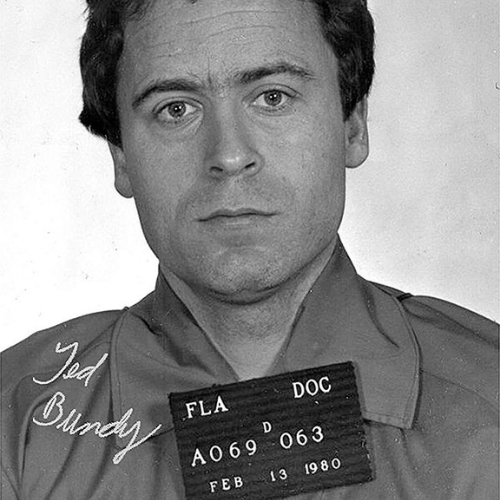
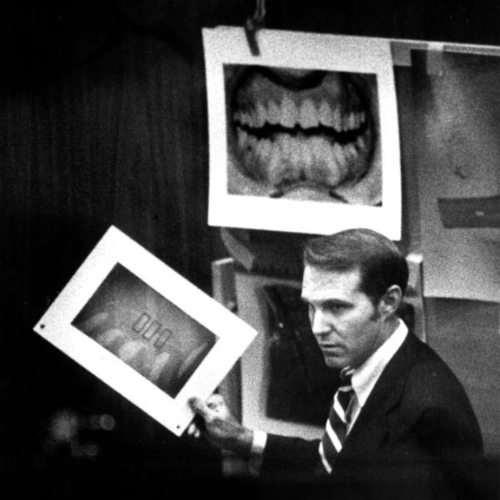



Conclusion
Ted Bundy’s legacy endures as one of the most horrifying and perplexing figures in the history of crime. His ability to seamlessly transition between a life of normalcy and brutal murder offers a chilling insight into the nature of psychopathy. His crimes were not born out of necessity or desperation but from a profound need for control, dominance, and power. As a case study, Bundy challenges the boundaries of our understanding of evil, providing criminologists, psychologists, and investigators with a harrowing example of how psychopaths can mask their true nature while committing unimaginable atrocities.
Through his trial and eventual execution, Bundy remained an arcane figure who, even in his final days, maintained his delusion of being superior to those who sought to bring him to justice. His chilling legacy reminds us of the darkness that can hide behind even the most charming of facades.
Series and movies about Ted Bundy
- A Netflix docuseries featuring interviews with Ted Bundy while he was on death row, exploring his life and crimes through his own words and archival footage.
- Watch on Netflix: Ted Bundy Tapes
- A biographical crime drama starring Zac Efron as Ted Bundy, focusing on his relationship with his girlfriend, Liz, and how she came to realize the truth about him.
- Watch on Netflix: Extremely Wicked, Shockingly Evil and Vile
- A TV movie starring Mark Harmon as Ted Bundy, chronicling his killing spree and the investigation that eventually led to his capture.
- Available on Amazon: The Deliberate Stranger
- A horror/crime film that depicts Bundy’s life, focusing on his violent crimes and his personal life. This film delves into his psychological breakdown.
- Available on Amazon: Bundy (2002)
- A documentary that explores Ted Bundy's psychological profile and what might have driven him to commit such heinous acts.
- Watch on Discovery+: Ted Bundy: Mind of a Monster
- Based on the real-life conversations between FBI agent Bill Hagmaier and Ted Bundy during the latter's final years on death row, starring Elijah Wood as Hagmaier and Luke Kirby as Bundy.
- Available on Apple TV: No Man of God
- A five-part documentary series that re-examines Bundy's crimes from a feminist perspective and focuses on the stories of survivors and women close to Bundy.
- Watch on Amazon Prime Video: Falling for a Killer
"The Stranger Beside Me" by Ann Rule
- A detailed account of Ted Bundy from someone who knew him personally, offering insights into his crimes and psychological state. Goodreads Link
FBI Files on Ted Bundy
- The FBI's case history on Ted Bundy offers an in-depth look into his criminal activities and investigations. FBI Bundy Files
American Psychological Association (APA)
- Overview of Antisocial Personality Disorder and how it applies to criminals like Bundy. APA Link on APD
ICD-10 Diagnostic Manual
- Clinical descriptions of disorders such as Antisocial Personality Disorder (F60.2). ICD-10 Classification
DSM-5 Personality Disorders
- Detailed criteria for Antisocial Personality Disorder and psychopathy in the DSM-5. DSM-5 Information
Ted Bundy’s Last Interview (1989)
- Ted Bundy's last interview, where he talks about his crimes and lack of remorse. YouTube Interview
Biography of Ted Bundy on Biography.com
- A comprehensive biography that covers his life, crimes, and psychological profile. Ted Bundy Biography
Crime Investigation Reports and Forensic Studies
- The role forensic evidence played in Bundy's capture and conviction, including bite mark analysis. Forensic Magazine
The M'Naghten Rule: A Deep Dive into Insanity Defense
- Crime Insights,Mental Health | Psychology
- 19 September 2024
- 11:00




